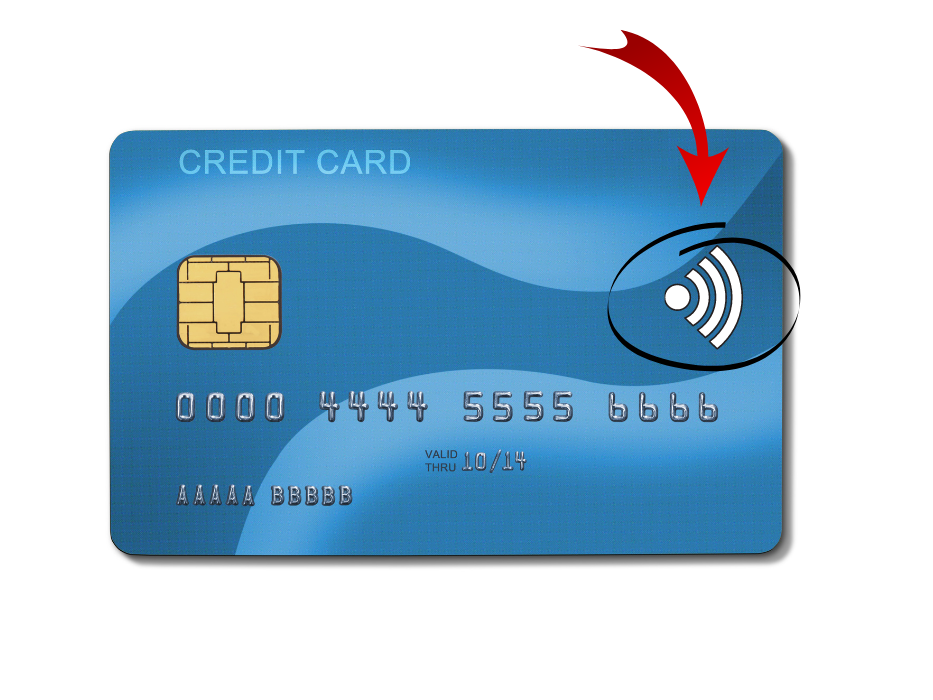Do You Need a RFID Blocking Wallet in 2023?

Some say yes, others say no.
After much research, we gathered there are many credible sources saying different things about RFID technology. Ultimately, everyone wants to know if they should be concerned over their personal information being hacked wirelessly through the use of the RFID tag on our cards.
So, let's break it down on our own. Understanding the basics is key.
RFID stands for: Radio-Frequency Identification
What is RFID Technology?: RFID is a technology where information can be transmitted wirelessly through radio waves. It requires there to be a tag (usually the chip in a credit card) and a reader capable of collecting the digital data.
The chip continuously radiates the unique card information.
In your purse or wallet right now, you probably have credit, debit, and/or government ID cards with this same RFID technology. Having this tag (the chip) allows you simply wave your card near a card reader instead of having to swipe it or insert it. This technology was created in 2005 and quickly grew in popularity over recent years. RFID technology was applauded in 2020/2021 because it was believed to have helped reduce COVID transmission by facilitating a "contactless" way to purchase items at stores.
How To Know if Your Card Uses RFID Technology
Presented below is an illustration of a credit card that uses RFID.
There is the gold-colored RFID chip (tag) on the left of the card and then on the right you can see a Wi-Fi looking symbol (This symbol might be located on the back of the card as well). You can also call your bank to see if your card is RFID enabled.

A pertinent question to ask is: How far can these continuous RFID radio waves reach?
Answer: The RFID technology in credit, debit, and government issued IDs is transmitted through High Frequency Waves.
The Near Field Communication (NFC) in contactless cards uses a 13.56Mhz radio frequency that only transmits digital data
within a range of 0cm-10cm (0-4 inches)
Concerns About RFID Technology
As with everything, the more RFID technology is used, the more people become concerned with their information being hacked and skimmed by thieves. Theses concerns are valid because theoretically a card with RFID technology means any RFID card reader in the vicinity of 0 to 4 inches of the tag can pick up the unique card data.
Interestingly, we found that years ago, the RFID technology could transmit data up to 300ft. That is extremely concerning. Luckily, things have changed and there have been regulations put in place standardizing just how far digital data can be transmitted via the RFID. The farthest distance is no more than 10cm. Given the regulated nature of the RFID technology in 2023, there appears to be far less of a reason to be concerned over your card information being hacked by someone intercepting the radio frequency in passing.
Another added security feature that most banks employ when customers use RFID cards is that purchases will require a pin after the maximum purchase limit has been reached during the transaction. This amount is usually $50. So, the thief wouldn't be able to access more than $50 from your account without your personal pin number.
The RFID readers found near the POS systems at stores have also been updated with technology that encrypts the card data being transferred in order to prevent hackers from stealing personal information during a sale.
It's looking more and more like we don't need to be very concerned about our card information being stolen via RFID.
That being said, there is always going to be a risk with RFID enabled credit/debit cards. Portable RFID readers can be easily purchased online, meaning someone with a reader who gets within 10cm (4 inches) of the card can potentially skim information from the card. Four inches doesn't seem like a very accessible proximity to be in, especially if two people are strangers; yet, it only takes someone brushing past you on the sidewalk or someone bumping into you at a store to be able to swipe information from your card.
What information can these thieves get from my card? What card information is emitted from the RFID chip?
Another positive to RFID readers is they only pick up the card number and the expiration date. They do not grab the CVV nor the cardholder's name. This will make it very difficult for thieves to use the information they obtain to make purchases online. A lot of retailers require CVV, name, and billing address before purchases can be made.
Another perk is that if someone does steal your card information and is able to make a purchase, you will not be liable for the charges. If the fraudulent charges are reported promptly to your bank, the bank will refund or cancel the transactions made by the thief.
Then, the bank will begin their own investigation into catching the thief. Usually, it is not very difficult.
How can you prevent someone using a RFID reader from stealing your card information? It's simple!
The chances of having credit card information stolen by a thief with a RFID reader are very low; however, the risk does exist.
It boils down to personal preference. Do you want to take the risk of someone stealing your card info or will you ensure this does not happen?
In the Executive Protection field, the chances of having our data stolen via RFID is higher. We are around some very powerful individuals. Thieves who recognize a celebrity might try harder to reach someone within the celebrity's circle. The theory many people have is that anyone who works for a wealthy person is also getting paid well. This theory is absolutely false but thieves don't know that.
There have been times where female executive protection agents are given the principal's credit card and asked to research and book reservations during downtime or even to run out and get something for him/her. There needs to be no doubt in an agent's mind that the card information doesn't fall into the wrong hands.
We think being cautious is the best option. How can we protect our cards from these sneaky data skimmers?
As mentioned above, RFID tags in credit/debit cards use a 13.56Mhz radio frequency. This particular frequency can be easily blocked by a piece of tin foil being wrapped around the card. But, let's be real... most people don't like the look of foil being wrapped around their cards, so companies have come up with RFID blocking wallets and accessories.
Below we have listed three different choices that we approve of for women working in the EP field.
#1 - A Classic Choice
Double stitch details and a simple foil logo, it's a classic wallet at a great price.
The zip clutch covers all your storage needs with a detachable wristlet strap.
Interior Detail: 12 Credit Card Slots, 1 Zipper Pocket, 2 Bill Compartments, 3 Gusseted Pockets
Measurements:
7.75"L x 0.75"W x 4"H;
1 Detachable Wristlet Strap; RFID protection
Eco-friendly with the use of Litehide - leather that has undergone efficient raw materials processing which reduces water consumption, wastewater pollution, & CO2 emissions.
#2 - Keep it Simple with these
RFID Blocking Sleeves
The transparent front allows you to see the plastic card contained in the credit card sleeves. No more searching to quickly have the right card at hand.
Perfect Fit: The card protector sleeves are suitable for all common cards with the dimensions 3.37" × 2.13".
Reliable RFID protection against data theft despite transparent front of the card protectors! Tested and certified by the TÜV (german product certification organization) in the laboratory.
Easy to Use: Thumb cutout for easy removal of the credit card or rfid card. The plastic is frosted and 95% transparent.
#3 - The Slim Fanny Pack
Sleek and slim design makes it easy to wear under formal clothing or with your every day outfit.
Designed to keep your passport, money and other valuables hidden and secure while on the go.
Hands Free - With multiple pockets and compartments, our travel money belt is the perfect solution for keeping your travel essentials organized and within easy reach.
Belt features RFID blocking technology to protect against pickpockets and high-tech thieves.
Terms and Conditions | Privacy Policy | Disclaimer | Cookie Policy
Affiliate disclosure: As an Amazon Associate, we may earn commissions from qualifying purchases from Amazon.com. You can learn more about our affiliate policies here.
We need your consent to load the translations
We use a third-party service to translate the website content that may collect data about your activity. Please review the details in the privacy policy and accept the service to view the translations.



